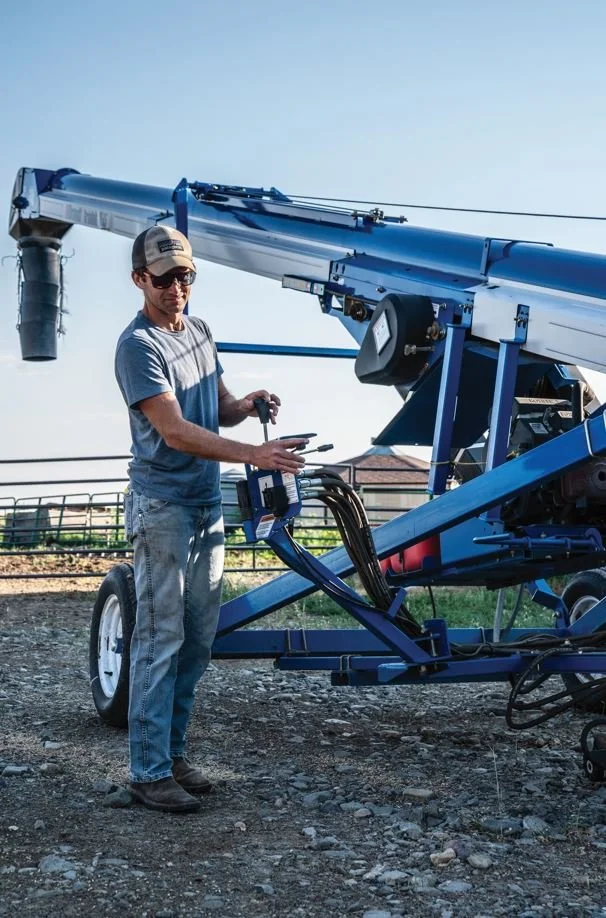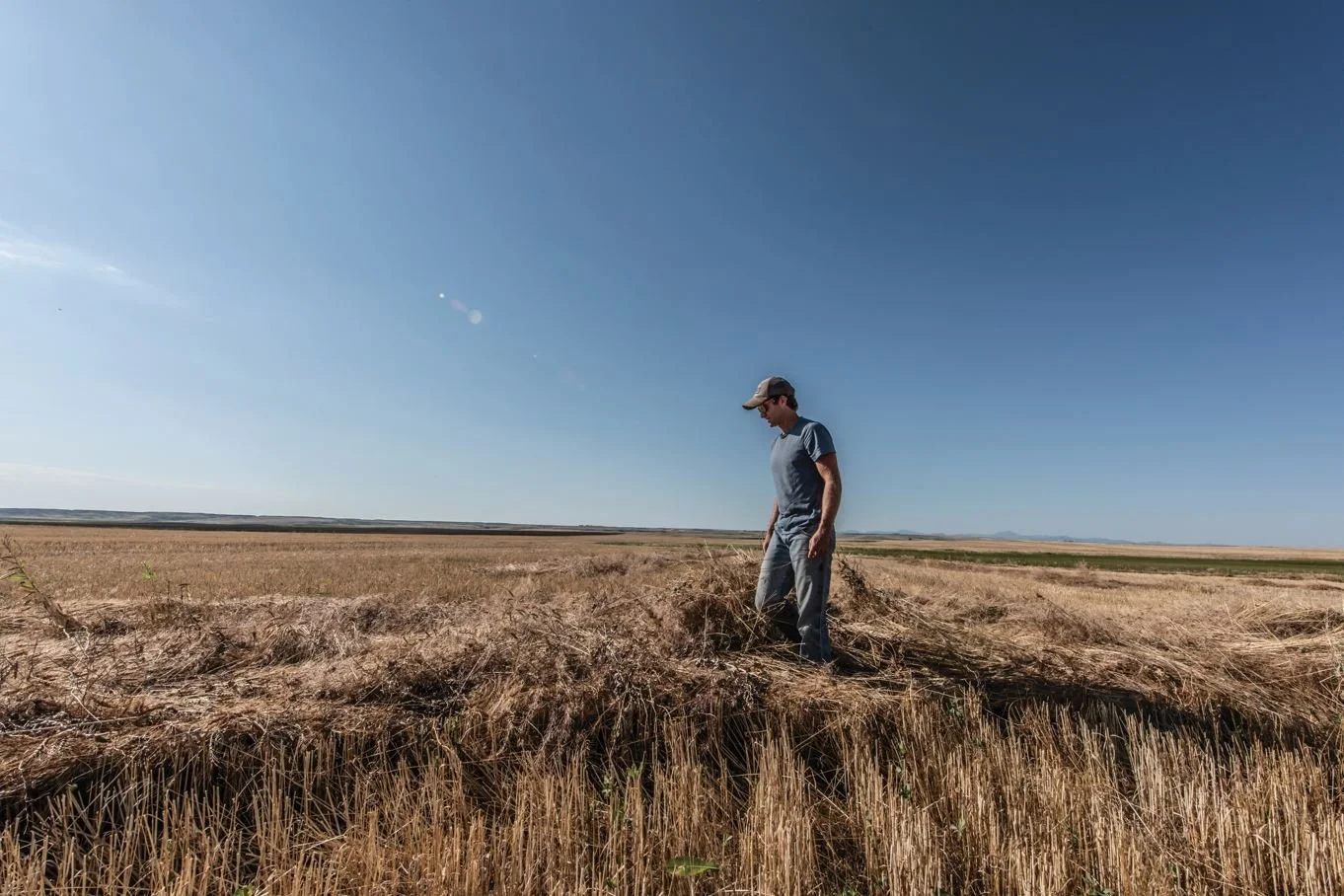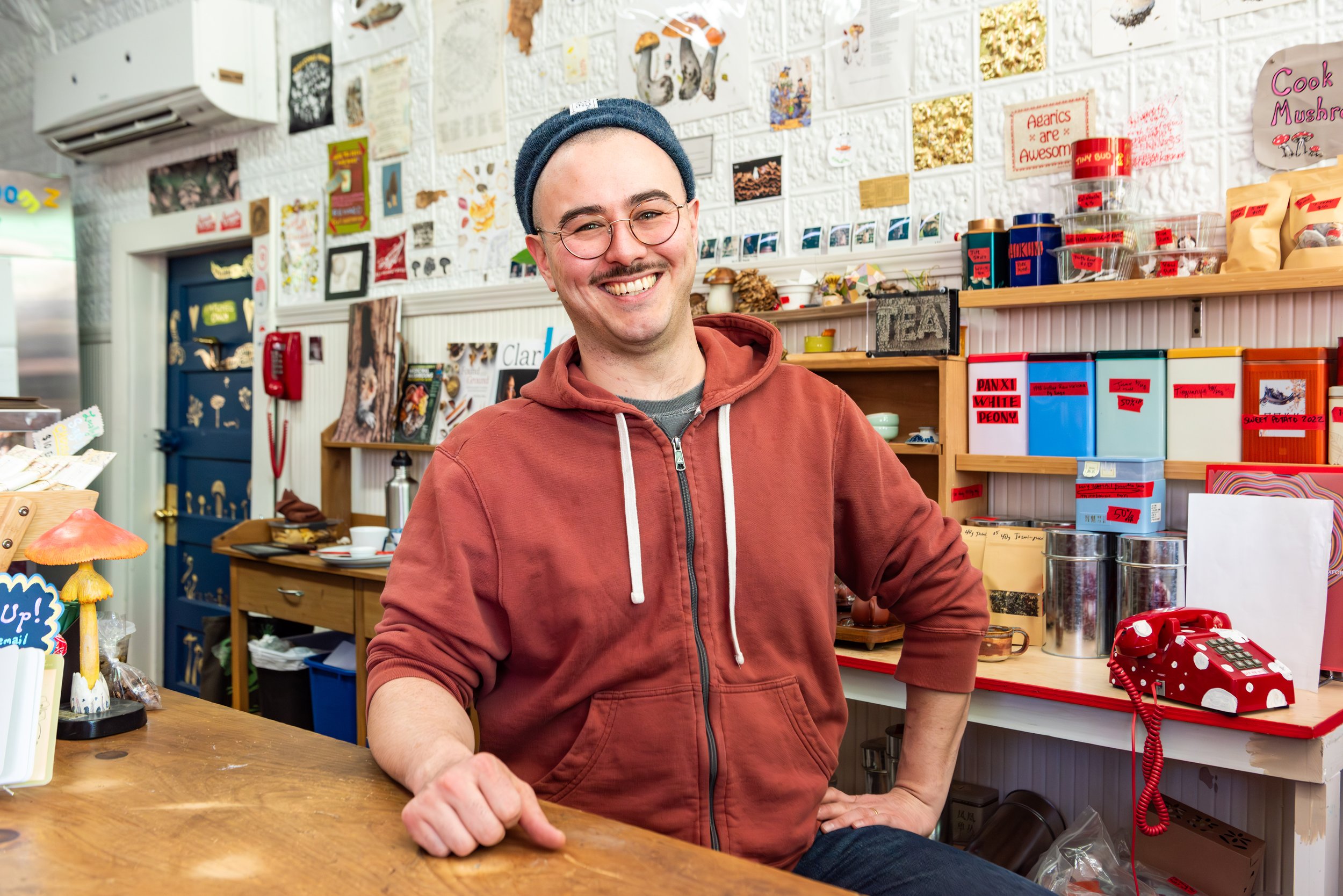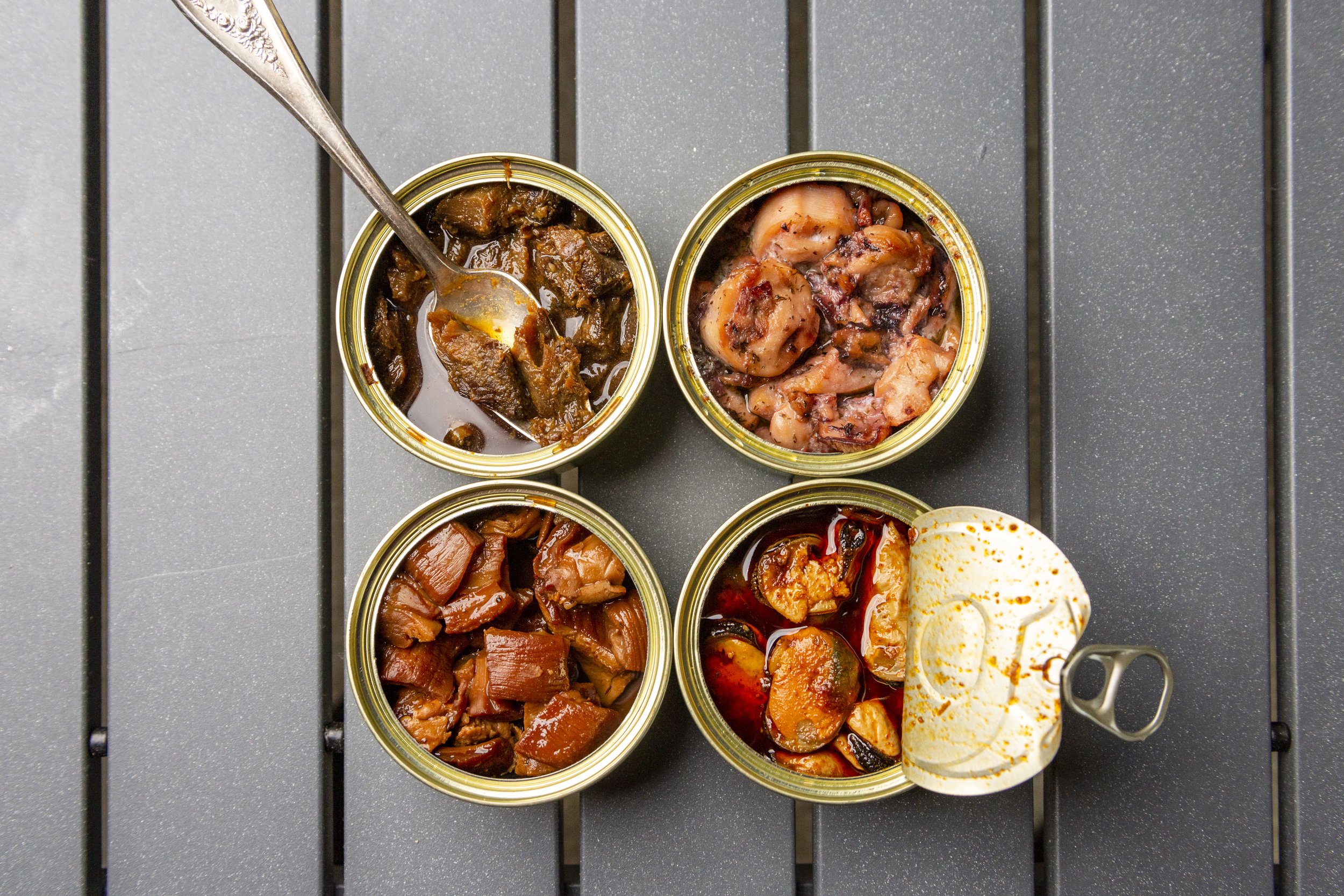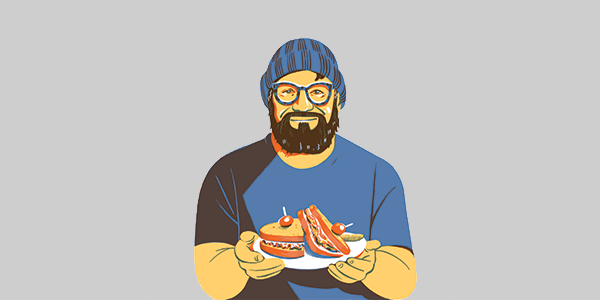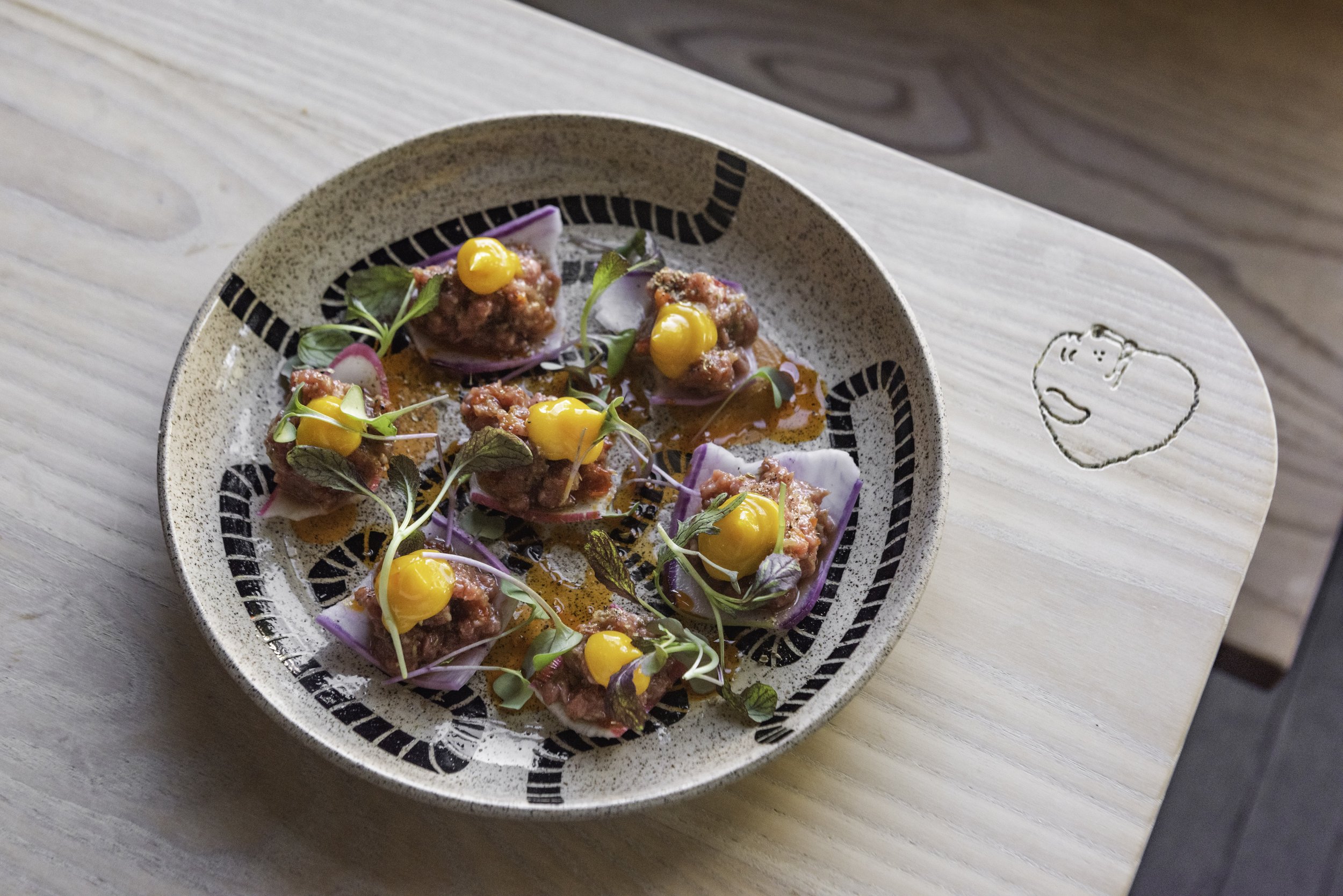Hummus to Hummus
Chickpeas for change: Little Sesame invests in regenerative farming for the sake of the earth and all things hummus.
photo: will blunt
It might be hard to imagine that a chickpea crop, stretching for miles under the Montana sky, is a key player in sustainable agriculture.
But fourth generation farmer Casey Bailey has known this all along. Indeed, the little but mighty chickpea, with its tangled patch of leaves resembling what Bailey describes as a “cross between a bonsai tree and fuzzy fern plant,” is a powerful “soil-fixer” that’s primed to push the regenerative agriculture agenda forward in what is essentially the regrowth of American land.
Those chickpeas also make for some damn good hummus. That’s what Nick Wiseman and Ronen Tenne—two chefs and entrepreneurs in Washington, D.C.—figured out in the early days of launching Little Sesame, their pop-up-turned-fast casual hummus shop. Wiseman’s wife Lea Howe met Bailey while working for FoodCorps in Montana. She watched as Bailey feverishly worked for years to transform the farm where he grew up into a 100 percent organic and sustainable operation. Today, Clearlake Organic Farm encompasses a whopping 5,000 acres, managed without any use of chemical or synthetic inputs. That’s roughly the size of 3,781 football fields.
nick wiseman and ronen tenne of little sesame
So when the decision to open a restaurant where hummus was the star and center-of-the-plate, Wiseman and Tenne knew where to turn first. “We started out with a 5-pound bag from Casey,” Wiseman says. After opening their first brick-and-mortar location in 2018, expanding to their second location in 2019 and launching their retail line for grocery stores this past year, the duo now spends above shelf price for roughly 25,000 pounds of Bailey’s organic chickpeas annually—and they expect that number to grow as they continue to scale up. Wiseman estimates they’ve gone through about 25,000 pounds of hummus per year and they expect to quadruple that number in 2022.
photo: Alexis Bonogofsky,
“Chickpeas are at the heart of all we do—serving up food that is good for you and good for the planet,” he says. The science behind that “good for the planet” way of farming all boils down to a simple concept: relationships. “Plants have a relationship with microbes in the soil that allow them to ‘fix’ atmospheric nitrogen,” Bailey says. “On our farm, we depend on that cycle rather than the nonrenewable Haber-Bosch process,” the latter of which relies on chemical and synthetic fertilizers.
“The chemical route gets a lot of yield today, but it ends up hitting a wall,” he says. “Organic matter decreases and acidic soils eventually will not produce.” Bailey hopes that in the long run, an organic approach will produce more life. Another focus is the relationship between carbon and nitrogen. “If there is enough biological nitrogen coming into the system in a way that fuels carbon sequestration, then we build ‘humus’.” This extremely coincidental term is essentially the organic compound of healthy soil. “[Humus] can hold more water, cycle more nutrients, buffer various ions so the pH is stable for life to persist, and ultimately allow a plant to pull in more carbon and nitrogen from the air to further fuel the health of this system.”
This way of farming, as one might expect, takes a lot of time, effort, and expense. But having a direct relationship with Little Sesame allows Bailey the chance to continue his goals while allowing Wiseman and Tenne to feed their hungry patrons. The economic relationship goes both ways. “During the pandemic, Casey shipped us 6,500 pounds of chickpeas but he said don’t rush to pay me, you can pay me when you’re able to,” Wiseman says.
“We’re building something deeper here than just trying to make a profit off these chickpeas. Casey is the epitome of sustainable agriculture. He’s not only focused on building soil health, but also on building community. It’s amazing to see how this little plant can connect a 5,000 acre farm in Montana with a 1,400-square-foot store in D.C. and all the points in between.”
photo: Alexis Bonogofsky,



